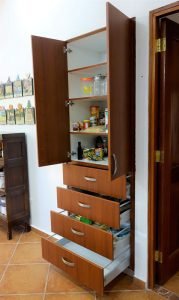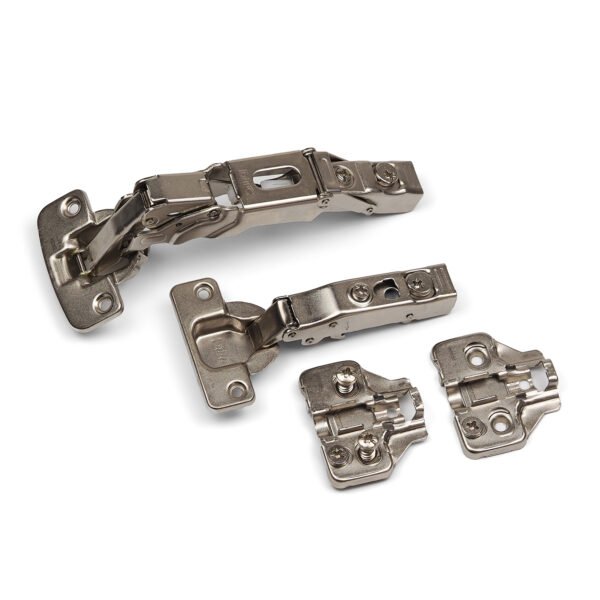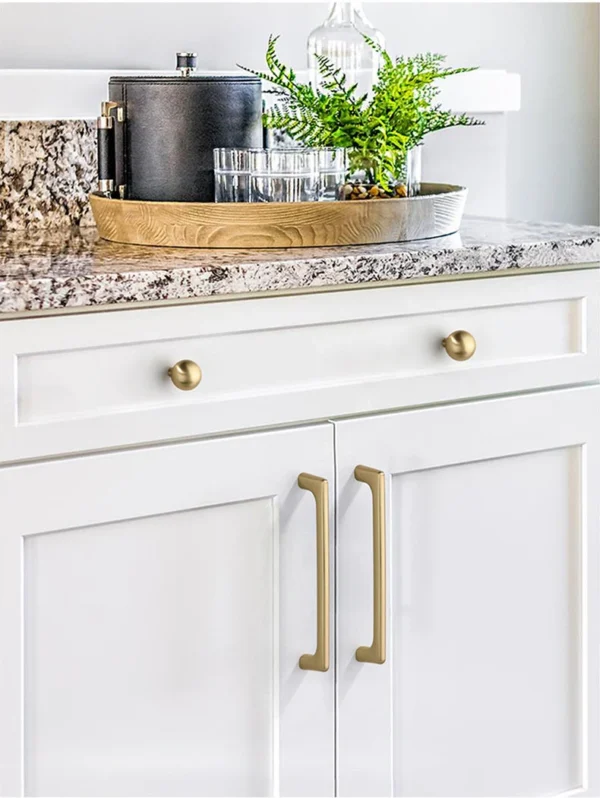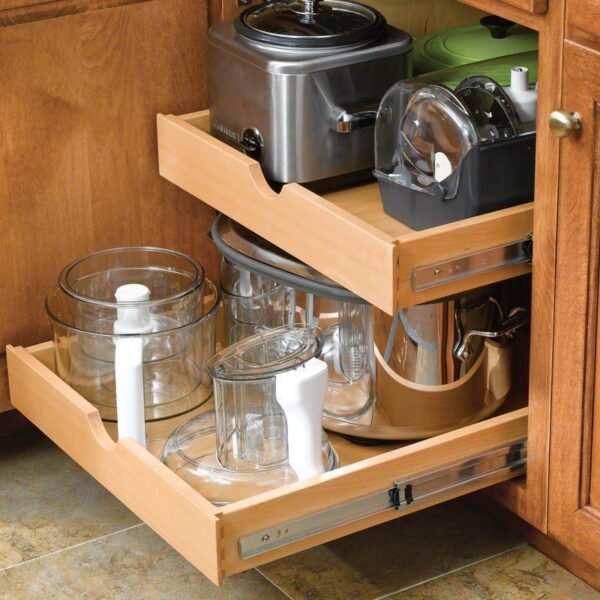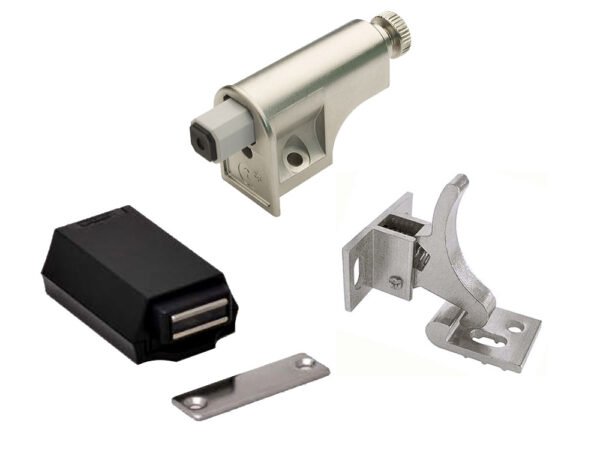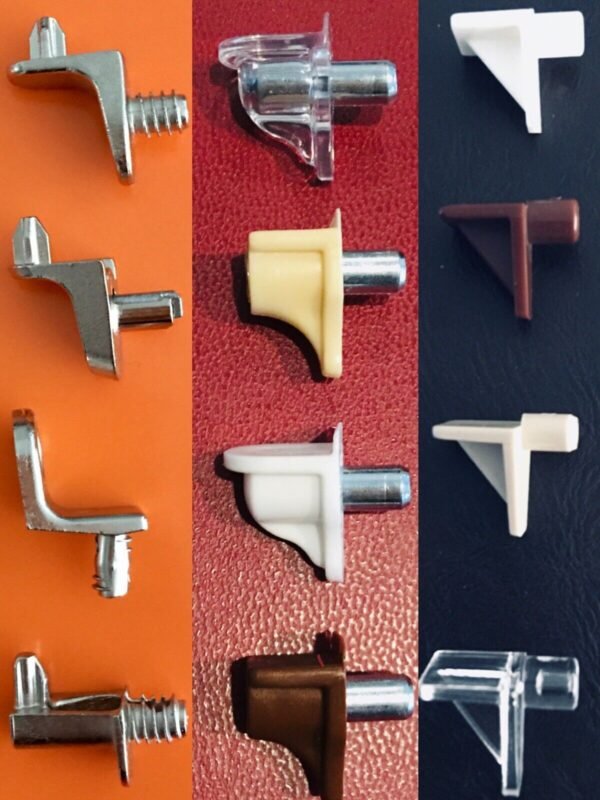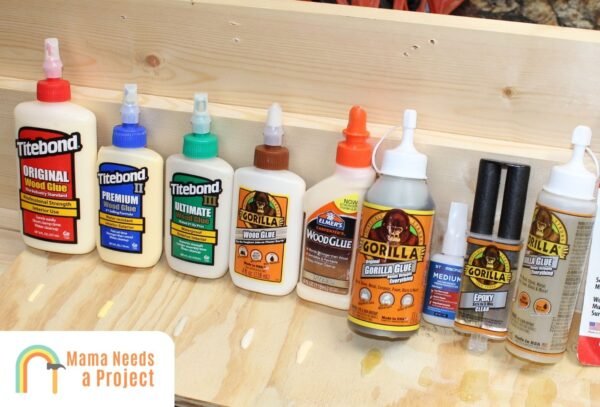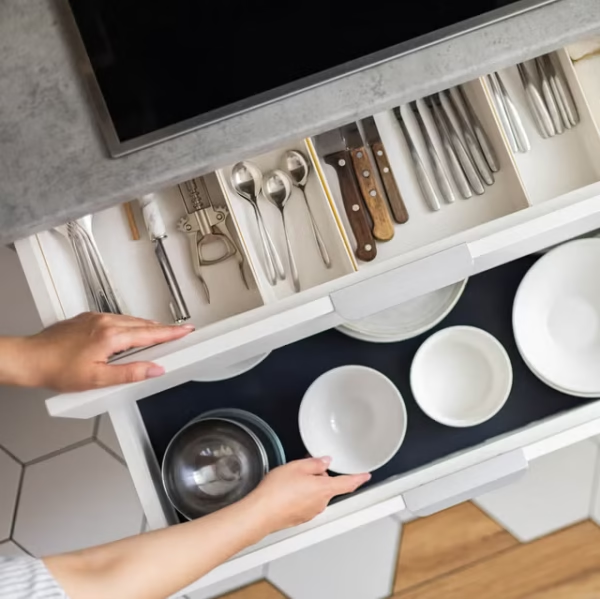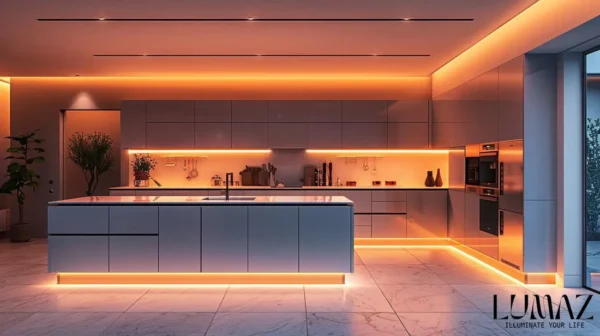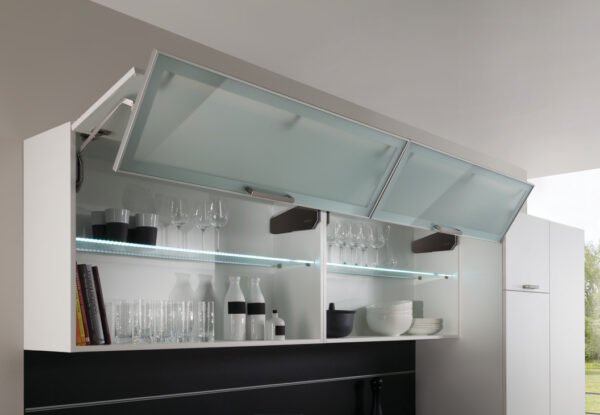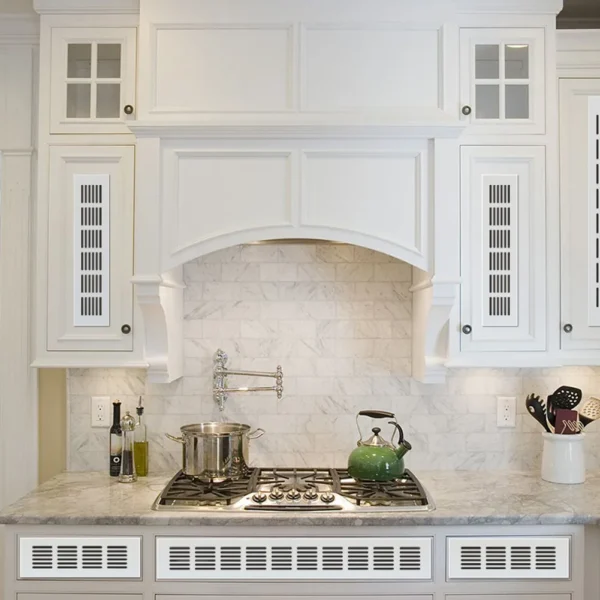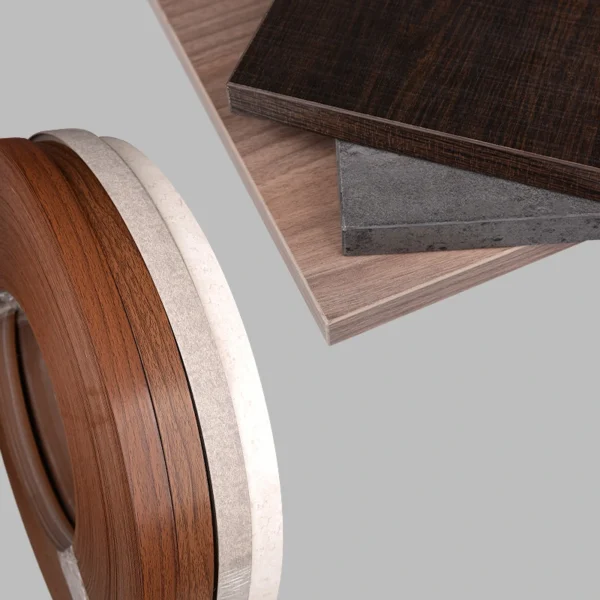Crafting Kitchen Cabinets: Exploring Hardware and Components- Some of the things we think about for you.
When it comes to kitchen design, cabinets do more than store your essentials. Their functionality depends heavily on the quality and precision of the hardware. Let’s break down the key components that make your cabinets both beautiful and practical.
Hinges: The Silent Pivot
Types of Hinges:
- Concealed Hinges: Hidden when the cabinet door is closed for a clean, modern look.
- Overlay Hinges: Visible on the outside, adding a decorative touch.
- European Hinges: Adjustable and ideal for frameless cabinets.
Key Features to Consider:
- Material: Durable steel ensures long-lasting performance.
- Soft-Close Mechanism: Prevents slamming, protecting your cabinet doors.
Handles and Knobs: Aesthetic Accents
Types of Handles and Knobs:
- Bar Pulls: Sleek and contemporary.
- Knobs: Timeless and versatile, available in many shapes and materials.
- Recessed Pulls: Flush with the surface for a minimalist vibe.
Key Features to Consider:
- Material: Options include stainless steel, brass, and more.
- Ergonomics: Comfortable grip matters for daily use.
Drawer Slides: Smooth Operations
Types of Slides:
- Side-Mount: Offers stability and visibility.
- Undermount: Concealed for a seamless appearance.
- Soft-Close: Ensures quiet, smooth drawer closure.
Key Features to Consider:
- Weight Capacity: Match slides to drawer contents.
- Extension Type: Full-extension slides allow complete access.
Latches and Catches: Securing Cabinets
Types of Latches:
- Magnetic Catches: Use magnets to keep doors closed.
- Roller Catches: Secure doors with a roller mechanism.
- Touch Latches: Open with a gentle push, for a hardware-free look.
Key Features to Consider:
- Security: Reliable closure without difficulty opening.
- Aesthetics: Match the latch design with your cabinet style.
Shelf Supports: Bearing the Load
Types of Supports:
- L-Shaped: Fit into drilled holes for a secure hold.
- Bracket Supports: Add extra stability.
- Peg Supports: Inserted into pre-drilled holes for adjustable shelves.
Key Features to Consider:
- Weight Capacity: Ensure supports match your storage needs.
- Adjustability: Flexible setups for varied uses.
Fasteners: Holding It All Together
Types of Fasteners:
- Screws: Versatile and essential for assembly.
- Nails: Ideal for lightweight components.
- Dowels: Add stability for joined panels.
Key Features to Consider:
- Material: Corrosion-resistant options last longer.
- Size: Choose fasteners suitable for your materials.
Glues and Adhesives: The Bonding Agents
Types of Adhesives:
- Wood Glue: Perfect for wooden components.
- Construction Adhesive: Strong and versatile.
- Cabinetmakers Glue: Designed for precise cabinet work.
Key Features to Consider:
- Drying Time: Allows alignment during assembly.
- Water Resistance: Essential for kitchens and moisture-prone areas.
Drawer Organizers and Inserts: Maximizing Space
Types of Organizers:
- Cutlery Trays: Keeps utensils neat.
- Spice Racks: Conveniently stores spices.
- Pull-Out Baskets: Optimizes pantry storage.
Key Features to Consider:
- Customization: Tailor organizers to fit your cabinets.
- Material: Durable options ensure longevity.
Cabinet Lighting: Illuminating Spaces
Types of Lighting:
- LED Strips: Versatile and energy-efficient.
- Puck Lights: Small and focused.
- Under-Cabinet Lighting: Perfect for task lighting.
Key Features to Consider:
- Installation: Avoid shadows and maximize brightness.
- Color Temperature: Choose warm or cool tones for the right ambiance.
Door Lifts and Stays: Effortless Movement
Types of Lifts:
- Upward-Opening Stays: Great for overhead cabinets.
- Soft-Down Stays: Controls door speed when closing.
- Swing-Up Lifts: For full access to cabinet fronts.
Key Features to Consider:
- Weight Capacity: Match lifts to door size and weight.
- Adjustability: Fine-tune door movement for ease.
Ventilation Grilles: Ensuring Airflow
Types of Grilles:
- Decorative: Adds style to cabinet designs.
- Functional: Improves ventilation for appliances.
- Built-In: Seamlessly integrated for a clean look.
Key Features to Consider:
- Location: Place strategically for airflow.
- Material: Match grilles to your cabinet’s aesthetics.
Edgebanding and Trim: Finishing Touches
Types of Edgebanding:
- Wood: Blends with the cabinet for a cohesive look.
- PVC: Durable and moisture-resistant.
- Metal: Modern and industrial.
Key Features to Consider:
- Color Matching: Harmonizes with your cabinets.
- Durability: Handles daily wear and tear.
Conclusion: A Perfect Blend of Form and Function
Crafting kitchen cabinets is an art and science. From the hinges that provide a smooth pivot to the adhesives that hold it all together, every detail matters. By focusing on both visible and hidden components, you can create cabinets that are as functional as they are beautiful.
Invest in quality hardware and thoughtful design to ensure your kitchen cabinets stand the test of time.
